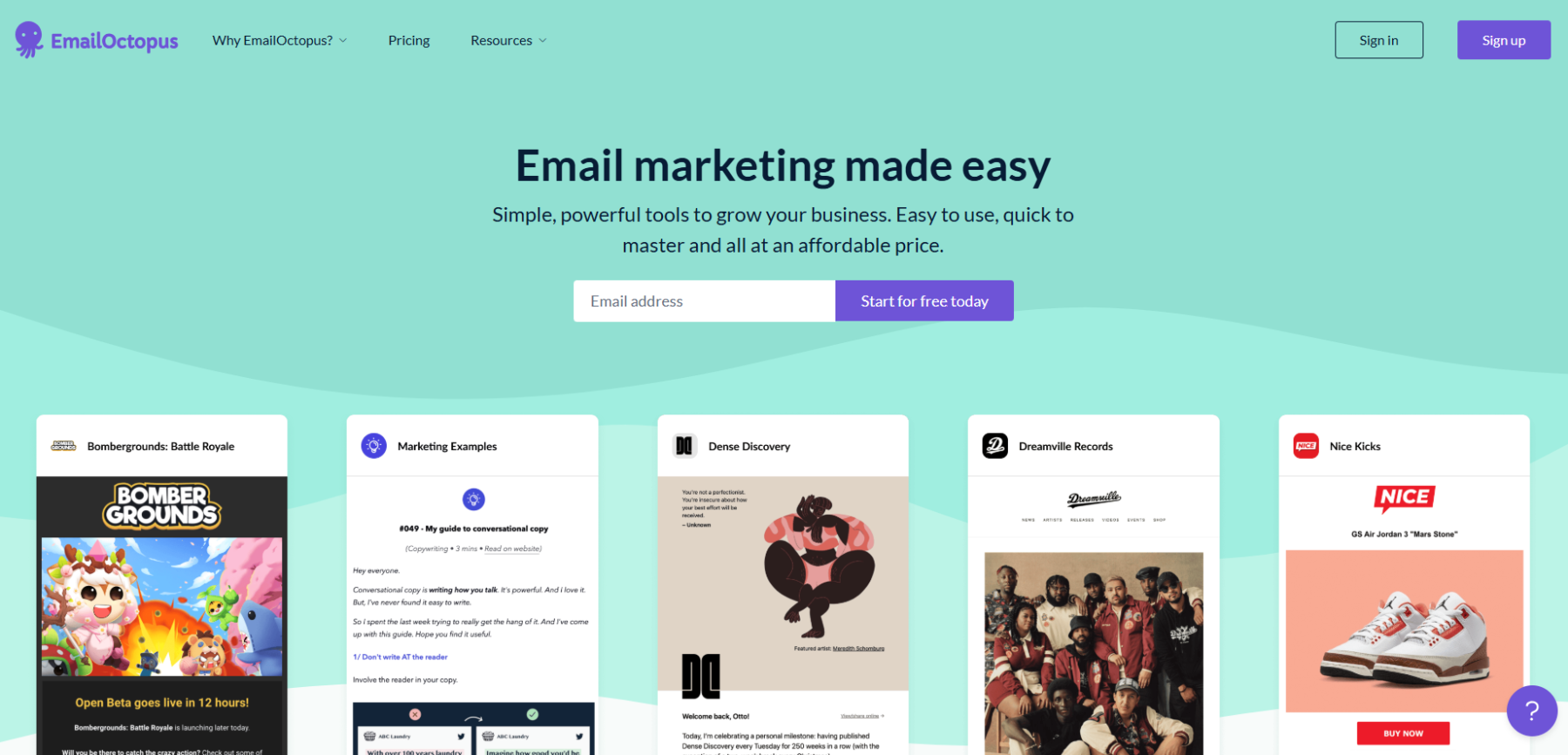Running a website can be a challenging yet rewarding endeavour. Whether you’re managing a blog, an e-commerce platform, or a small business website, having the right tools can make a world of difference.
To help you streamline your processes and maximise productivity, here are ten free tools we think every website owner should know about that we have also used before.
1. Microsoft Clarity
Microsoft Clarity provides heatmaps, session recordings, and user insights to help you understand how visitors interact with your site. By visualising user behaviour, you can identify obstacles and make data-driven improvements to enhance the user experience. This tool also provides detailed analytics on user engagement, such as how far users scroll on your pages.
- Why you need it: Gain a clear picture of user behaviour to optimise your website’s layout and functionality.
- Quick Tip: Use Clarity’s filters to focus on specific audience segments, such as mobile users, to improve their unique experience.
2. Email Octopus
Email marketing remains one of the most effective ways to reach and retain your audience. Email Octopus offers a free and user-friendly platform for creating and managing email campaigns. It includes features such as custom templates, detailed analytics, and subscriber segmentation. Segmentation allows you to divide your email list into smaller groups based on behaviour or demographics, enabling more personalised communication.

- Why you need it: Build relationships with your audience and keep them engaged with tailored content.
- Quick Tip: Use segmentation to send targeted emails, like product updates to recent buyers or newsletters to long-term subscribers.
3. Nebula Compose
Ok, we may be a little bias here, but we’re still providing free access to Nebula Compose to hosted clients.
This AI-powered tool helps you craft SEO-friendly content quickly and effectively. Whether you need blog posts, product descriptions, or page copy, Nebula Compose simplifies the writing process. It also ensures your content aligns with SEO best practices to increase visibility.
- Why you need it: Save time while creating high-quality content that drives traffic and conversions.
- Quick Tip: Use Nebula Compose to refresh old content on your website, making it more engaging and search-engine friendly.
4. Google Analytics
“By using Google Analytics, businesses experience an average of 20% growth in online revenue.” – Statista
Google Analytics is the gold standard for tracking and analysing website traffic. It provides comprehensive insights into visitor demographics, behaviour, and conversion rates. This data allows you to make informed decisions to enhance your website’s performance and user engagement.

- Why you need it: Understand your audience and refine your strategies to meet their needs effectively.
- Quick Tip: Set up custom dashboards in Google Analytics to monitor your most important metrics, such as bounce rates and goal completions.
5. Canva
Canva is an intuitive graphic design tool that simplifies the creation of visuals for websites, social media, and marketing materials. With its drag-and-drop interface and extensive library of templates, anyone can create professional-looking designs. Consistent and attractive visuals can help your website and social media content stand out.

- Why you need it: Enhance your website’s visual appeal and build a stronger brand presence.
- Quick Tip: Use Canva’s brand kit feature to ensure consistent colours, fonts, and logos across all your designs.
6. HubSpot CRM
HubSpot’s free CRM helps you manage customer interactions, track leads, and improve sales processes. Its intuitive dashboard provides a central location for all customer data, making it easier to maintain and nurture relationships. HubSpot also offers email tracking and automation, allowing you to stay connected with leads and customers efficiently.

- Why you need it: Keep track of customer relationships and streamline your sales pipeline.
- Quick Tip: Integrate HubSpot CRM with your email marketing platform to automate personalised follow-ups.
7. SEMrush
SEMrush is a comprehensive SEO tool that provides features for keyword research, competitor analysis, and site audits. The free version is ideal for small businesses to identify opportunities to improve search rankings. By analysing competitors, you can uncover gaps in your strategy and develop a competitive edge.

- Why you need it: Improve your website’s visibility in search engines and attract more organic traffic.
- Quick Tip: Use SEMrush’s keyword magic tool to find long-tail keywords—these are specific phrases with lower competition but high intent.
8. Google PageSpeed Insights
“A 1-second delay in page load time can lead to a 7% reduction in conversions.” – Akamai
Google PageSpeed Insights analyses your website’s performance and provides actionable recommendations to enhance speed and user experience. It evaluates both desktop and mobile versions of your site, highlighting areas for improvement.

- Why you need it: Faster websites rank higher on Google and keep users engaged.
- Quick Tip: Regularly test your website’s speed after updates or new content additions to ensure optimal performance.
9. Hotjar
Hotjar provides heatmaps, session recordings, and user feedback tools to help you understand how visitors interact with your website. By visualising user behaviour, you can identify pain points and optimise the user journey to improve conversions.
- Why you need it: Identify user pain points and create a smoother user experience.
- Quick Tip: Use feedback polls on high-traffic pages to gather direct input from visitors and address their concerns.
10. Buffer
Buffer is a social media scheduling tool that simplifies content publishing and provides insights into audience engagement. Its intuitive platform allows you to schedule posts across multiple channels, maintaining a consistent online presence.
- Why you need it: Save time by planning and automating your social media strategy.
- Quick Tip: Analyse performance metrics in Buffer to determine the best times to post and maximise engagement.
The Bottom Line
The right tools can transform how you manage your website, helping you save time, improve performance, and deliver a better experience for your audience. While these ten tools are free, their impact on your productivity and website’s success can be priceless.
Remember, productivity isn’t just about working harder; it’s about working smarter. Which of these tools will you be adding to your arsenal today?


